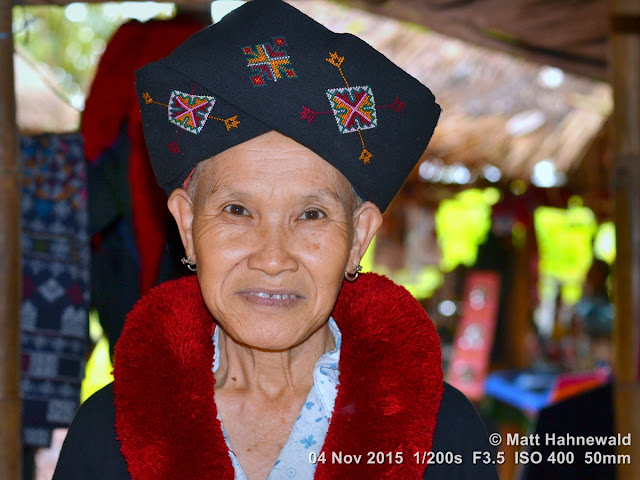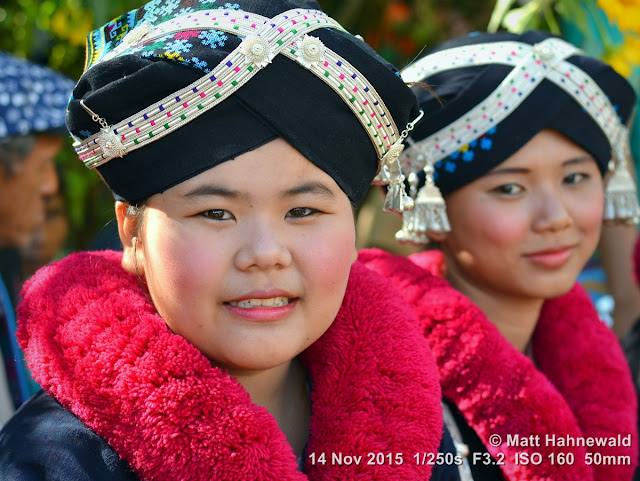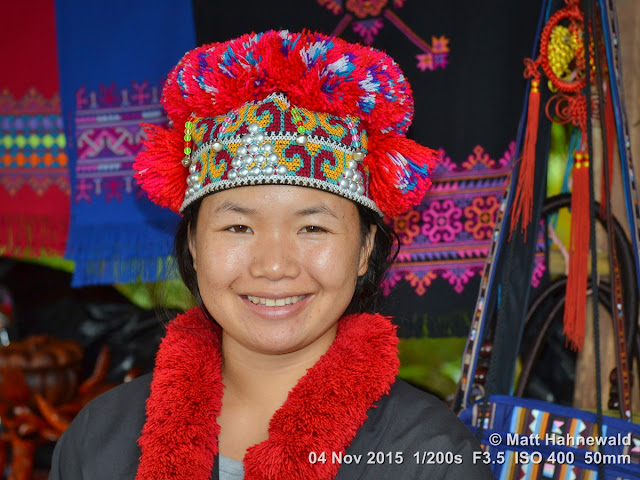The
Yao tribe (its great
majority branch is also known as Lu-mien) forms one of the 55 Chinese ethnic minorities and 54 Vietnamese ethnic groups. They became an
ethnic group during the Tang dynasty (618 - 907 CE), when the term mo yao
("not subject to corvée") was first used to refer to the upland
people living in the mountains of Hunan and northern Guangdong and Guangxi. In
the early years of the Yuan dynasty (1279 - 1368 CE), the Yao people began to migrate
southward to escape from the invading Mongols and the Chinese immigration
encroaching from the north. From the 15th to the 19th centuries CE, agitated by
the opium trade and disturbed by revolts in Southern China, the Yao people migrated
into Thailand, Cambodia
and the highlands of Laos. Though they speak several different languages and
follow a variety of traditions, the Yao people maintain a unique cultural
identity which includes a rich oral literary tradition of song and legend.
The Yao people retain a unique style of costume and
adornment with certain variations according to the regions in which they live.
Their clothes are primarily of blue cloth with various pictorial designs on the
fabric. Women wear trousers, short skirts or pleated skirts. Beautiful
embroidered patterns and pompoms adorn their fur-like collars, cuffs and the bottoms
of their long trousers.
Both the men and
women cover their heads with a black or red scarf. Some women substitute this
scarf by a blue or black embroidered turban tied in a variety of forms,
including pagoda, flat-top, helmet, curving-eaves and silver-hairpin styles.
Yao women often decorate their upper clothes with a silver plate and wear
silver bracelets, earrings, necklaces, and neck rings.
During
the Laotian Civil War,
the Yao tribes of Laos had a good relationship with the U.S. forces. They
fought in favour of the national government against the communists. This
relationship caused the new communist Laotian government to target the Yao
tribal groups for revenge once the war was over. This triggered further
immigration into Thailand, where the tribes were put into camps along the
Thailand-Laos border. After obtaining refugee status from the Thai government,
many Yao people were able to obtain sponsorship into the United States (although
many remain in Northern Thailand). There are around 60,000 Yao in Northern
Thailand, where they are one of the six main hilltribes.

Portrait photographs of Southeast Asian hilltribe people in Matt Hahnewald's








No comments:
Post a Comment